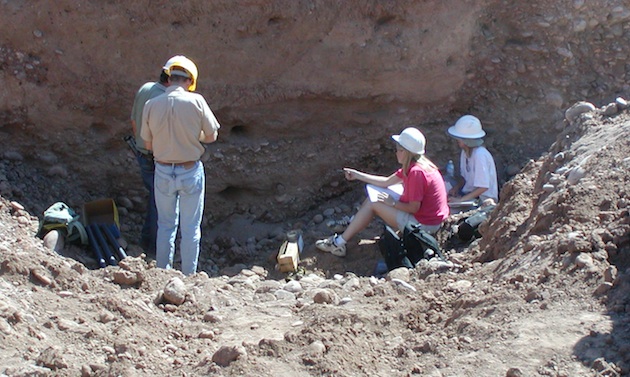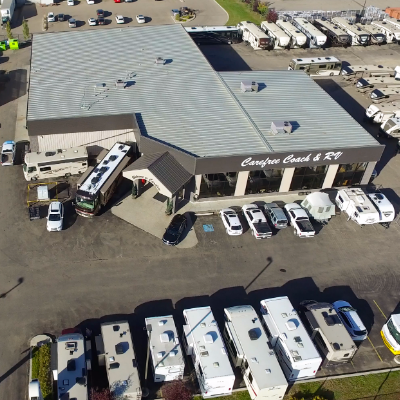Digging up the dirt on prehistoric people
Studying sediments and using modern engineering equations gives insight into the canals—and Hohokam culture.

Thousands of years ago, the land in the Mesa area was what one would expect of desert dirt: dry, devoid of nutrients, sandy. But the Hohokam, a people who arrived in southwestern Arizona approximately 2,000 years ago and stayed until 1450 AD, were able to thrive. How? The Hohokam dug a sophisticated network of canal systems, capable of irrigating tens of thousands of acres. The creation of these canals would change the land permanently, enriching it and benefiting pioneers centuries later.
Jerry Howard, the curator of anthropology at the Arizona Museum of Natural History in Mesa, has been studying the canals for nearly 30 years. He said these canals provide significant insight into Hohokam culture.
"The Hohokam were able to come here to an arid environment where you couldn’t live any other way than by building canals," said Howard, "and then put together this phenomenally engineered system and survive."
The canal systems are surprisingly large, with some channels spanning more than 32 kilometres in length, with depths of 4.5 metres and widths of 14 metres. They are also sophisticated—for example, the sizes of the canals decrease as they move away from the headways, which would have allowed for a more consistent flow rate.
Maintaining the system would have been an elaborate affair—Howard said the levels of organization needed indicate that the Hohokam would have had near-statelike levels of society. Digging the canals was a matter of sheer labour, with people moving dirt with baskets and digging by hand or stick. Each canal had a life of between 50 and 100 years before it became silted in, after which it would be dug out or, in some cases, it appears that an entirely new canal would be constructed.
The Hohokam disappeared from the archeological recording by 1500 AD under circumstances that are not entirely understood. However, their legacy remained: in the late 1800s, pioneers were able to excavate and use one of the old canals.
"It had a big impact on the historic development here," said Howard. "If you have to dig a canal system like that from scratch and you plunk a bunch of people down, you have to support them for a couple years while they dig it out. In this case, they were able to dig out the old canal and have it up and running in a matter of months."
Those wanting to see the canals can go to Mesa's Park of the Canals, a public park open for visitors. There is also the Park of the Four Waters in Phoenix, which can be seen during tours of Pueblo Grande.






